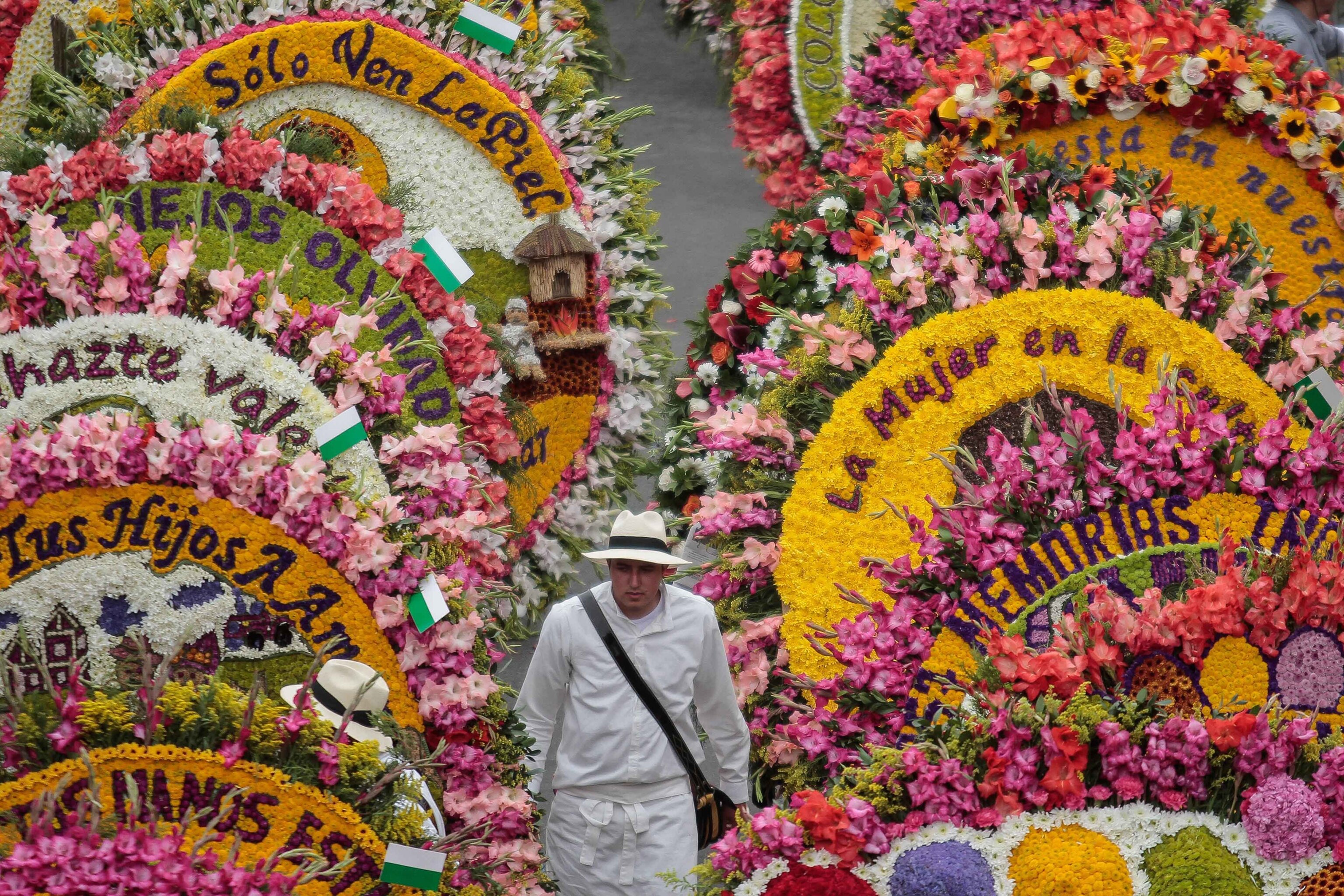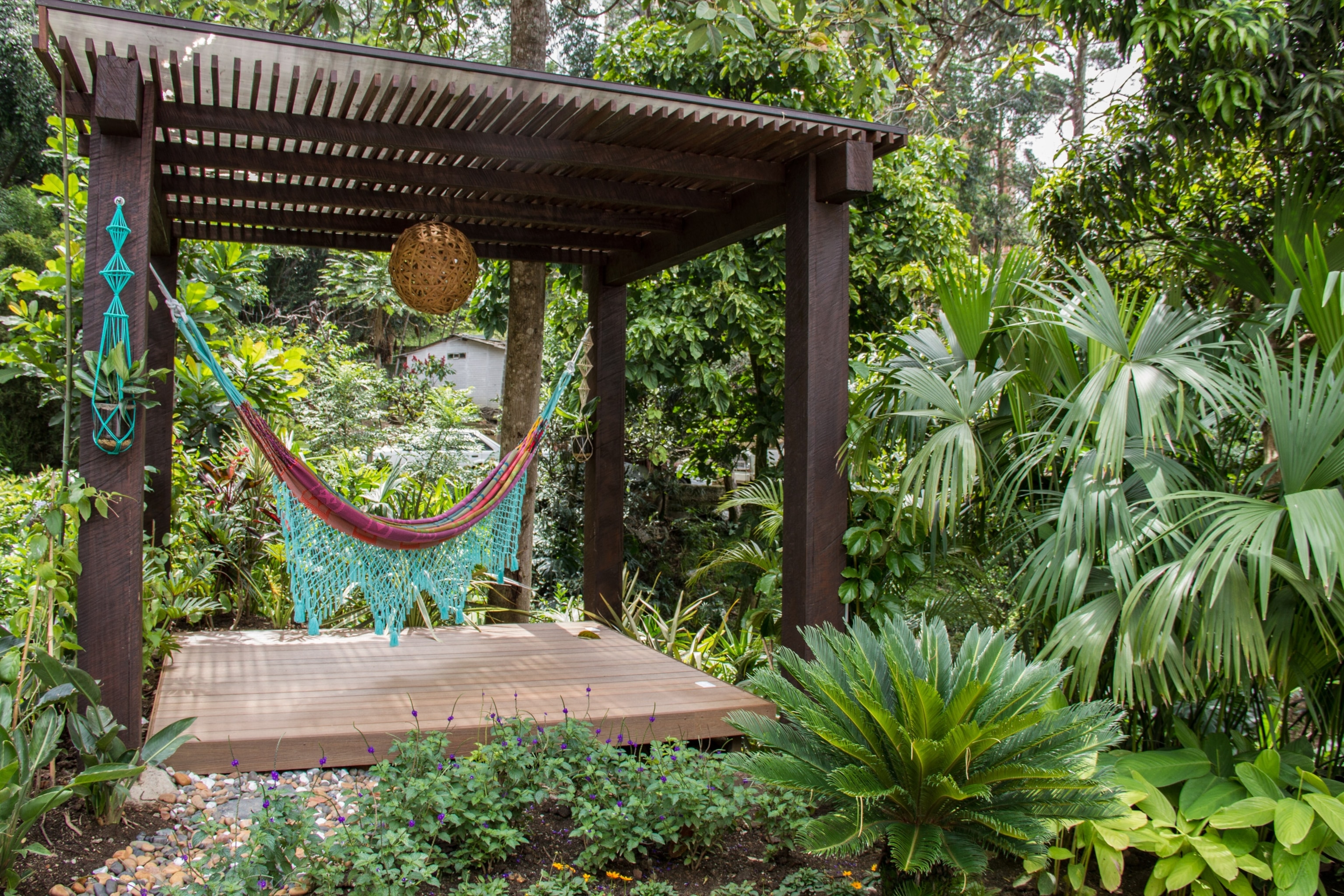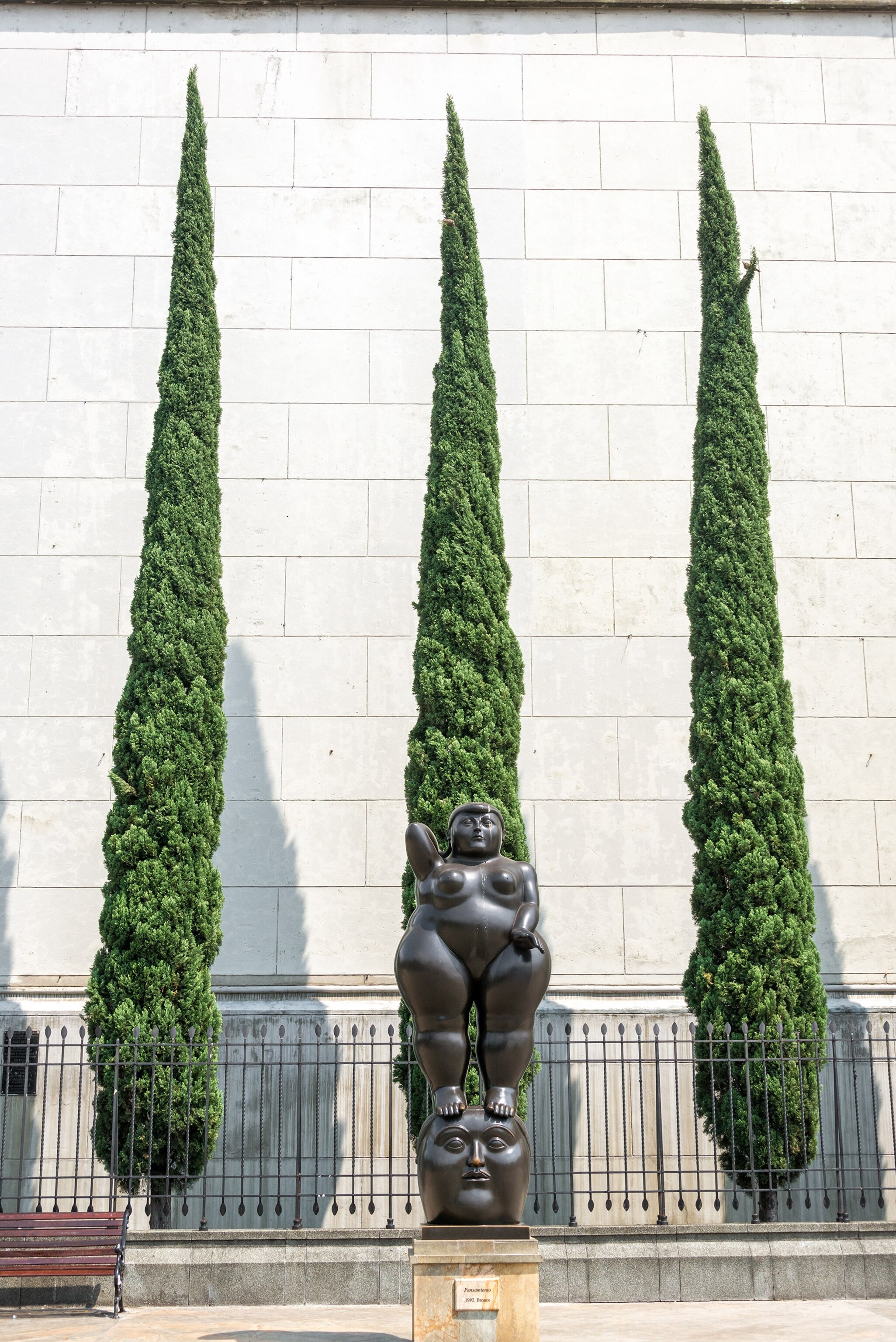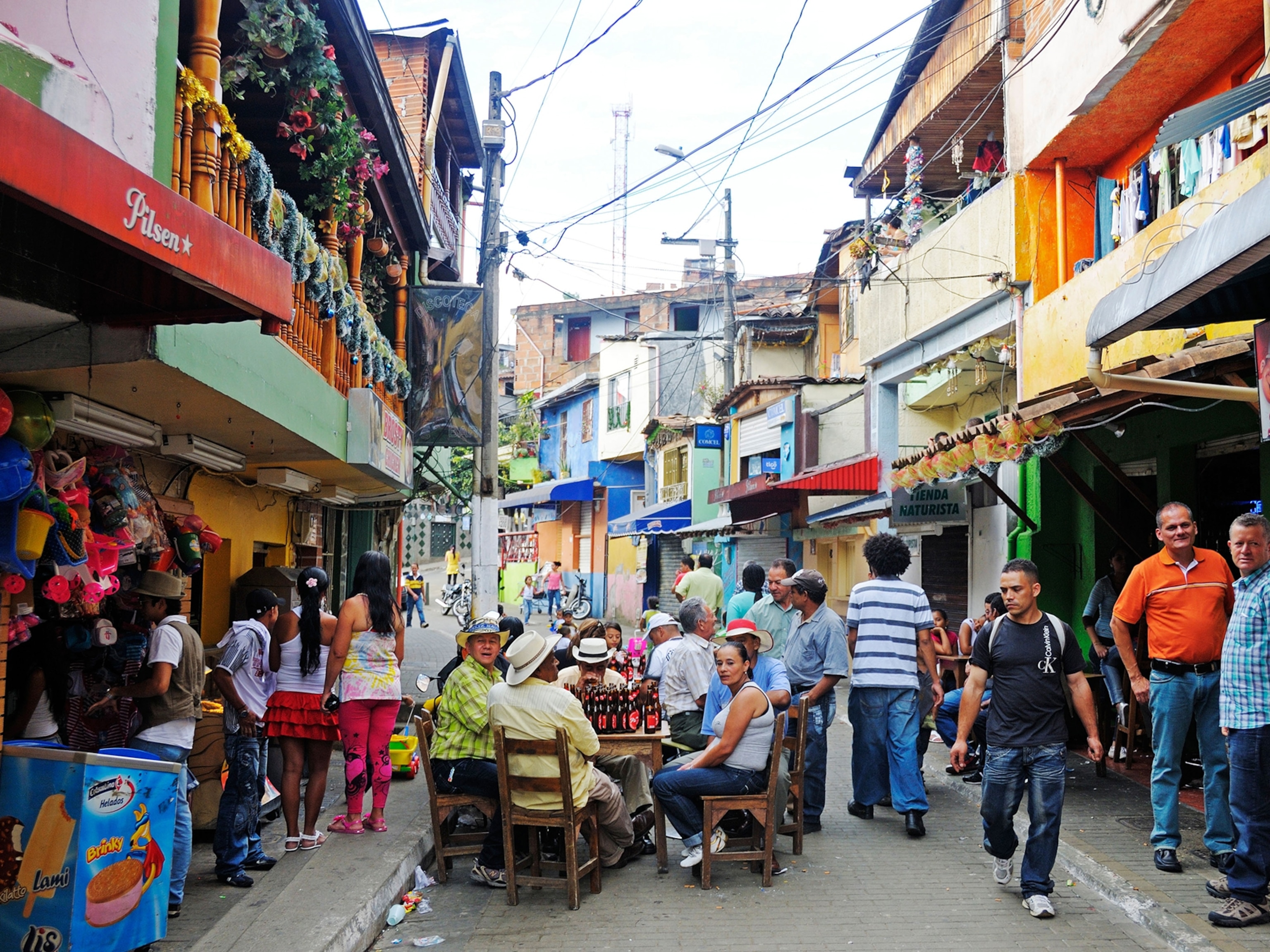Smart Cities: Medellín, Colombia
With new green spaces, an innovative transportation system, and vibrant markets, Medellín is undergoing a cultural renaissance.
Medellín is Colombia’s second largest city and has been creatively shaking off the damage left from the eighties’ drug wars in a cultural renaissance. Medellín’s improvements started with a sophisticated transit system praised worldwide, which features rapid buses, railways, and soaring gondolas that service mountainside neighborhoods. In 2014, the city launched Distrito de Innovación to foster innovation and the growth of tech, health, and energy industries. And in August 2016, the city debuted the first phase of a beltway project, Parques del Río, meant to reclaim Medellín’s river through green spaces and trails built over existing highways. Locals recognize Medellín isn’t a perfect city. It’s a city in progress, and that’s exactly why they love it.
Eat
Market Days
Nobody goes to Colombia without bringing back coffee. Started more than 40 years ago, family-owned Café Pergamino works with 500 regional growers to supply beans to craft roasters in other countries, as well as their own three stores. The country’s fashion scene doesn’t get much credit, but it’s exalted at Makeno, an El Poblado district boutique stocked with pieces made by regional designers. And in the small community of Sabaneta, 20 minutes south, vendors peddle religious icons and tchotchkes with local flair.









